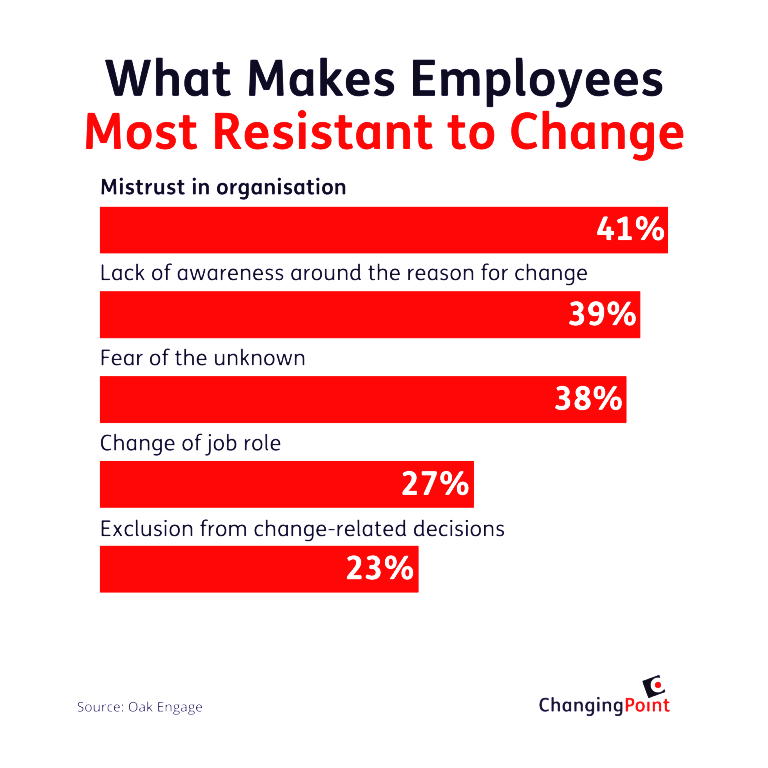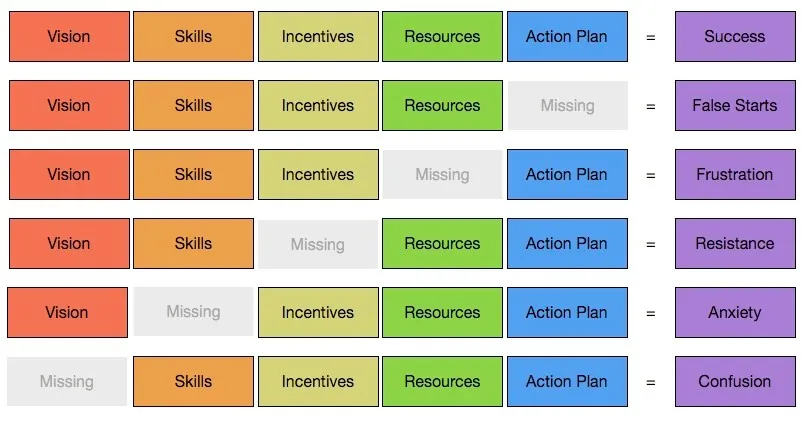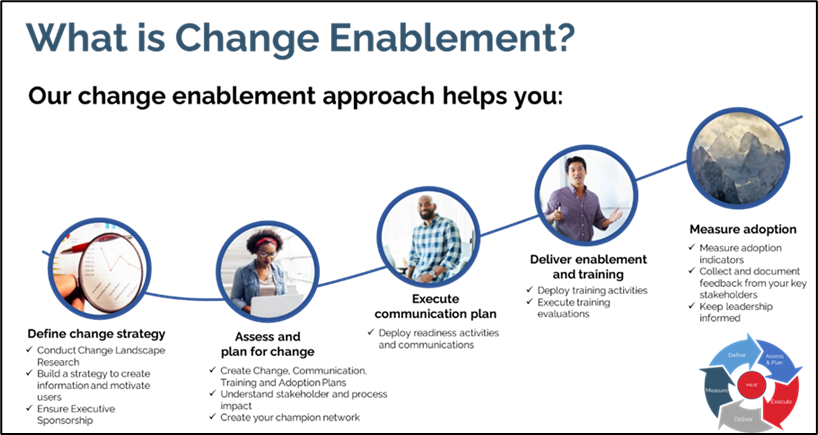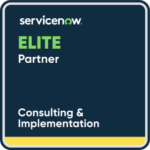In today’s rapidly evolving landscape, the integration of digitalization and digital transformation has surpassed simple buzzwords, becoming vital components of an organization’s strategy.
The success of digital methodologies hinges upon leveraging cutting-edge technologies and embracing AI-driven approaches that propel industries forward. However, while some sectors reap the benefits of this rapid progress, others lag, unable to capitalize on the changing landscape.
The concept of Organizational Change Management (OCM) stands as a structured approach essential for steering individuals, teams, and entire organizations from their existing state towards a desired future state. Yet, successfully navigating organizational change poses unique challenges, such as high failure rates, employee resistance, and the necessity for effective communication strategies.
Despite the pivotal role played by OCM, many change initiatives encounter stumbling blocks, leading to suboptimal outcomes. One significant reason contributing to this stumbling is the absence of robust Organizational Change Management practices.
In the current VUCA (Volatile, Uncertain, Complex, and Ambiguous) environment, understanding the human element behind technological shifts is crucial. Individuals’ reactions to these constant and intricate changes must be comprehended, underscoring the dynamic role of OCM in facilitating this transition.
Statistics paint a stark reality of the current organizational landscape. Reports suggest that a staggering 70% of change initiatives fail to meet their intended objectives.
Furthermore, merely one-third of major change initiatives attain the goals set by the organization, highlighting the prevalence of underachievement in this domain.
Alarmingly, around 50% of leaders lack clarity on whether recent organizational changes have yielded success. Moreover, more than half of managers and employees contend that their leaders fail to outline clear success metrics for change initiatives, exacerbating the challenges faced during transitions.
Gartner’s research in 2022 revealed that a meagre 38% of employees were inclined to support organisational change efforts. Delving deeper into the reasons behind this resistance, findings reveal that mistrust in the organization stands as the primary impediment at 41%. This is closely followed by a lack of awareness regarding the rationale behind the change (39%), fear of the unknown (38%), changes in job roles (27%), and exclusion from change-related decisions (23%).

Fostering a culture of change and adaptation within organizations demands more than just technological advancements. Embracing a comprehensive approach that values effective communication, respects employees’ concerns, and proactively addresses challenges through structured change management becomes imperative for successful transformations.
Numerous change management frameworks have been employed in various organizational settings.
Examples of Change Management Models include:
Kotter’s 8 Phases of Change, underscores the significance of instilling urgency, forming influential alliances, crafting a clear vision, communicating it effectively, enabling others to act on it, achieving short-term victories, consolidating improvements, and embedding change into the fabric of the organization.
PROSCI Change Management Process, follows a structured three-phase methodology encompassing preparation, management, and reinforcement of change, utilizing specific activities and tools to address diverse facets of change management.
ADKAR, based on Awareness, Desire, Knowledge, Ability, and Reinforcement,
McKinsey’s 7 S Model, touching on strategy, structure, systems, shared values, style, staff, and skills,
The Knoster Model, for Managing Complex Change identifies five essential elements necessary for effective change. It emphasizes that the absence of any one element diminishes the full potential value of technological implementations, or any change endeavour undertaken.

There are other models such as the Kübler-Ross Change Curve, The Satir Change Model, Lewin’s Change Management Model.
Each Change Management model presents distinctive viewpoints and strategies for handling organizational change. The choice or adaptation of these models by organizations typically hinges upon their specific requirements, prevailing organizational culture, and the nature of the change being pursued.
In essence, the array of available change management models and frameworks underscores the diverse approaches to navigating organizational transformations. Understanding these models and selecting or tailoring them to align with an organization’s unique context and change goals remains critical for driving successful change initiatives.
Quintica’s OCM Value Proposition
Organisational Change enablement is the discipline that guides the way we prepare, equip, and support users to adopt the changes that drive business outcomes successfully.
OCM is a part of the overall Q-Journey methodology for Digital Transformation.
Adapting the Change Management approach suggested by Service Now Quintica, will ensure the success of our client’s implementations, unlocking value every step of the way.

What is the value proposition for OCM?
Customized Assessment– A comprehensive evaluation of the organization’s existing condition, challenges, objectives, and proposed changes. This includes conducting a Change Impact Analysis on both the current and future states of processes, examining how these changes will manifest, and assessing their implications on pertinent resources.
Value Identification– Identify the potential value that OCM can bring e.g. improvements in productivity, CSAT, NPS
Stakeholder Engagement – Clear strategy for engaging key stakeholders for buy-in and adoption. Identifying the different personas and gearing your change strategies and communication plans around them.
Change Plan – A detailed plan incorporates change management strategies to address potential challenges and resistance
Communication Plan – Clear consistent communication with different stakeholders informing them about changes, their benefits, and the expected outcomes.
Training & Development – Ensure employees are equipped to succeed in the new environment.
Measurement & Evaluation – Defining metrics to measure the success of the change and demonstrate value. Implementing a structured change management model can help organizations navigate through transitions more effectively and increase the likelihood of successful outcomes.
In conclusion, as industries navigate the dynamic digital landscape, recognizing the significance of Organizational Change Management becomes paramount. Addressing the intricate interplay between technology and human dynamics while implementing robust change management strategies is essential to overcome resistance, minimise failure rates, and successfully transition organisations towards their envisioned future states.





